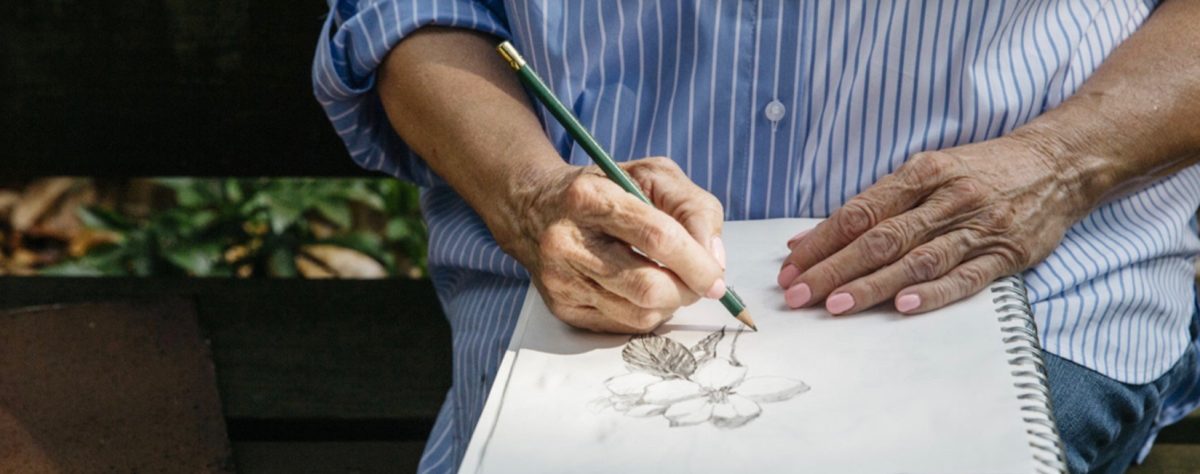Exploring previously why we make art, I skipped the real mission of why we make art. The number one reason to make art is the sheer happiness it gives when a painting brings joy to someone else. Sometimes it’s a painting that is a special request and when they see it, it hits the emotional spot. When a painting was not planned for someone in particular but someone sees it and it is just the thing they are looking for, it is again a joyful moment. Sometimes a painting is bought from the internet or in a shop or gallery and there is no way to know for what reason it was purchased. In that case, I let my artist brain run wild with imagining how life changing that painting became for someone somewhere. Never would I allow myself to think it was bought just because it matched a color scheme or something mundane like that. In my heart, I want all my paintings to be meaningful to the person they go with. If that piece of art can touch someone else’s heart, then my heart sings.
The number one reason to make art is to bring joy to people by
- touching their heart
- helping to heal a heart
- creating a peaceful feeling
- spurring other good feelings
- adding more beauty to our world
If art can do that, we are fulfilling our mission. This week, it was my joy to create two special pieces of art for two different people, one very young and one very old. The tears streamed down my face in both cases. As I watched one drive away toward the person it was destined for, I looked down at my puppy with tears dropping on her head. She looked up at me with concern in her little puppy eyes. I smiled at her and she wagged her tail. And that was “Mission Complete.” Nothing else matters.
























